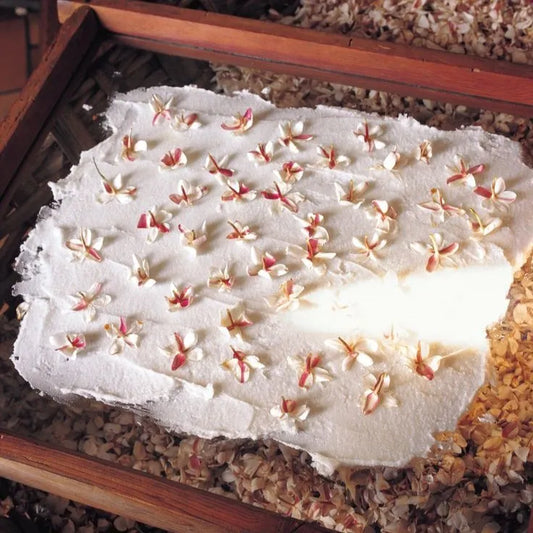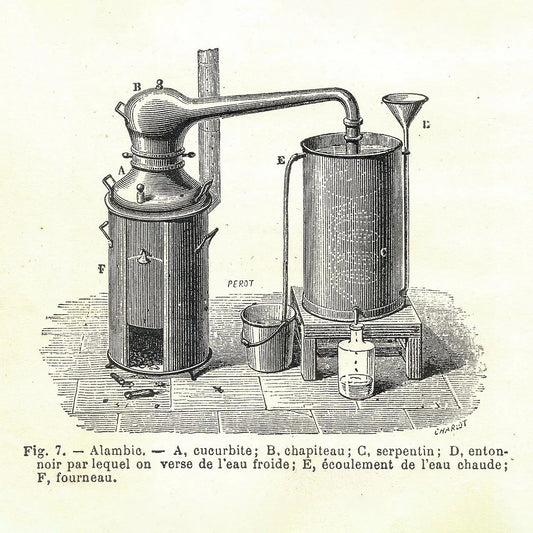Oils have had a place in hair care for centuries, especially for people living in areas where water was scarce. The enriching properties of oils restored body and shine to dry, damaged hair, and the addition of sweet-smelling essences from flowering plants provided pleasant scents as well as additional conditioning.
Today, shampoos, conditioners, styling products, and even massage creams to prevent hair loss all may contain essential oils. Consumers should read the ingredients on any hair product carefully, as the ones that list many botanicals may be derived from plant matter rather than essential oil. (There is nothing inherently wrong with this; the plant’s leaves, bark, flowers, or seeds may provide the same general properties that the essential oil would provide. The potency of these properties may be stronger, however, if the product contains essential oil.)
A number of essential oils have been shown to improve hair growth, encourage the development of new follicles, reduce dandruff, increase hair’s strength, and make hair look and feel healthier overall. A study published in Toxicological Research in April 2016 (Lee et al., 2016), for example, determined that lavender essential oil had “a marked hair growth-promoting effect” comparable to minoxidil, the prescription medication promoted for hair growth. In 2014, in the same publication, a Korean team (Oh, Park, and Kim, 2014) determined that peppermint essential oil “could be used for a practical agent for hair growth,” as it showed the most hair growth after four weeks—more, in fact, than minoxidil. Blending several drops of these oils with a teaspoon of a carrier oil (jojoba or coconut oil is popular for hair care applications) and massaging this into the scalp can promote hair growth; practitioners suggest leaving it on the scalp for five minutes before rinsing.
Cedarwood, ylang-ylang, clary sage, and lemongrass essential oils have the ability to balance the scalp’s production of oils, helping to control hair loss, dandruff, and generally oily hair. Geranium essential oil is often used as well, as it strengthens hair and helps keep it from breaking and splitting. The easiest way to use these is to pour a bit of shampoo into the palm of the hand and add a drop of each of these oils into the shampoo. Massage this into your hair and scalp, and wait five minutes before rinsing.
Tea tree essential oil, one of the all-purpose oils that becomes central to an essential oil afficionado’s collection, can be found in some commercially manufactured anti-dandruff shampoos and conditioners. Any product can be used to combat dandruff by adding up to 10 drops of tea tree essential oil to a 12-ounce bottle of shampoo. Shake well, and use this daily.
As a conditioner to help hair look and feel healthy and strong, several essential oils are well known to add shine, moisture, and nutrients to hair. Chamomile and lavender essential oils promote shine and manageability, while sandalwood helps to mend dry, split ends. Adding a few drops of these oils to a bottle of conditioner can make their application simple; make your own conditioner using Moroccan argan oil or jojoba oil as a base and adding the essential oils. Wrap your head in a towel or put it up in a shower cap for 10 minutes to allow the oils to do their job.
About every essential oils company has its own recipe for a deep conditioner, but in general, they recommend a basic mix of one tablespoon olive or jojoba oil to three tablespoons coconut oil and eight total drops of a variety of oils that are known to be good for hair: lavender, peppermint, cedarwood, clary sage, rosemary, ylang-ylang, geranium, and chamomile. Mix this well, work it through your dry hair, wrap your hair in a towel, and let it work for 15 minutes. Rinse, shampoo, and style as usual. This weekly treatment provides all sorts of hair-stimulating benefits, from hair growth to shine and body.





